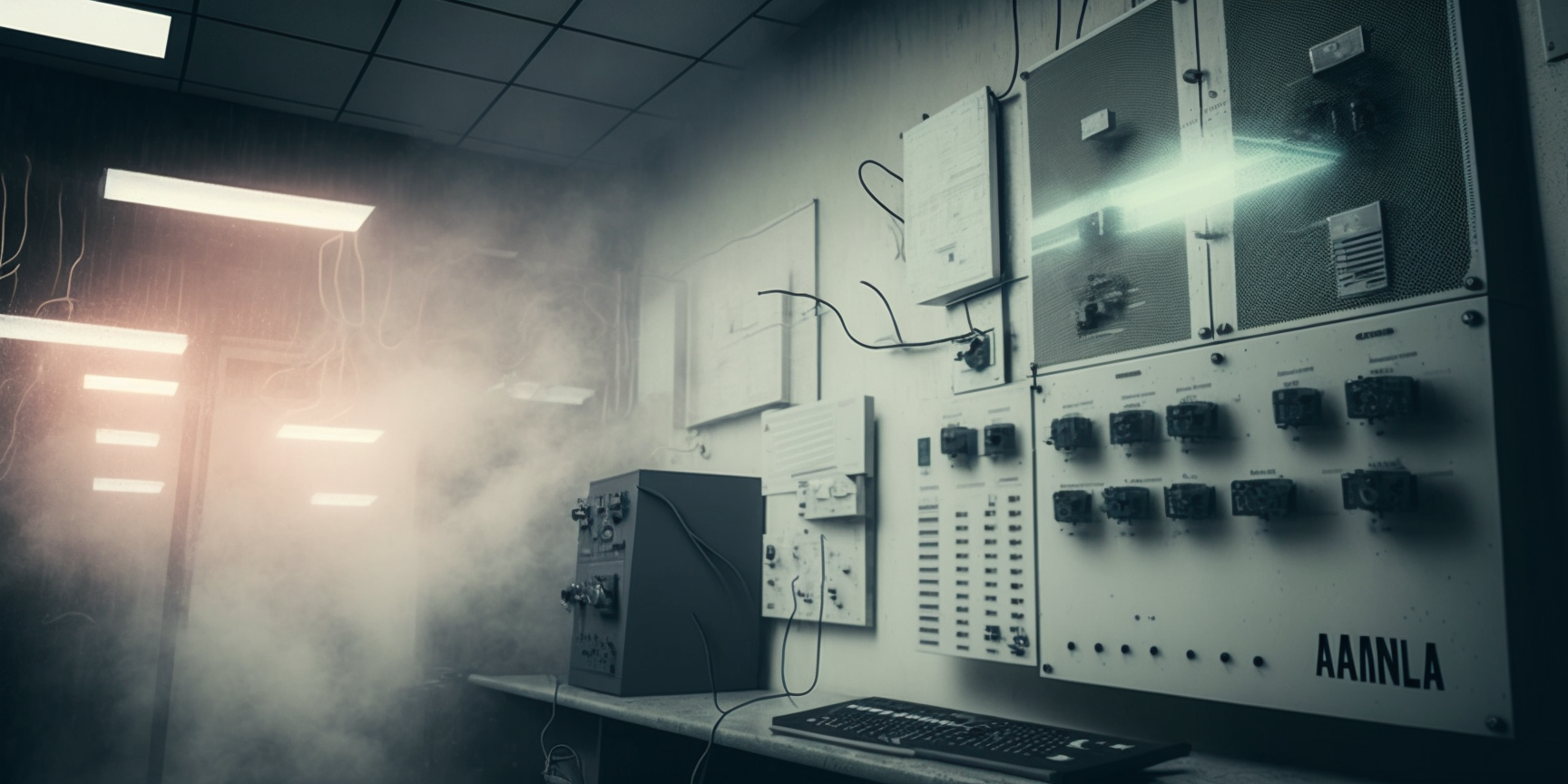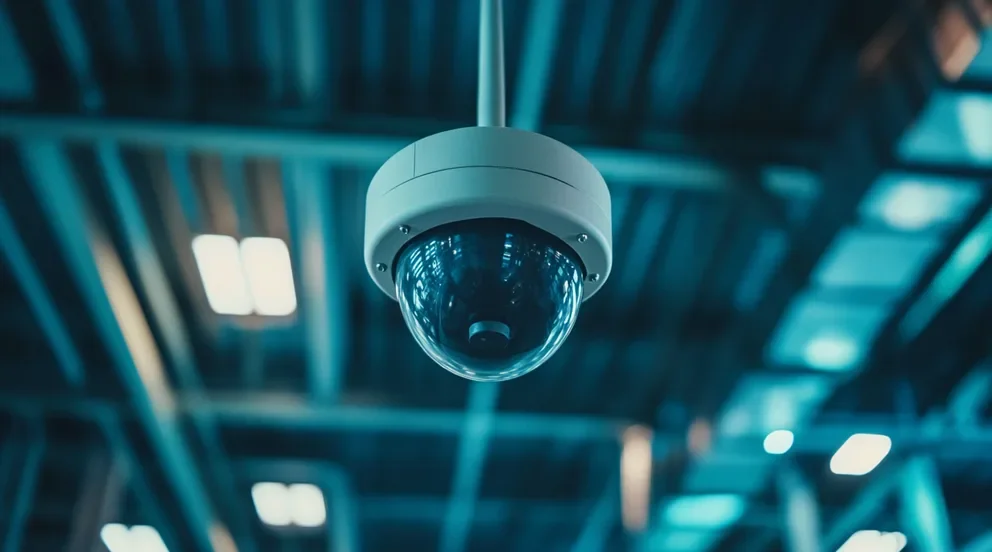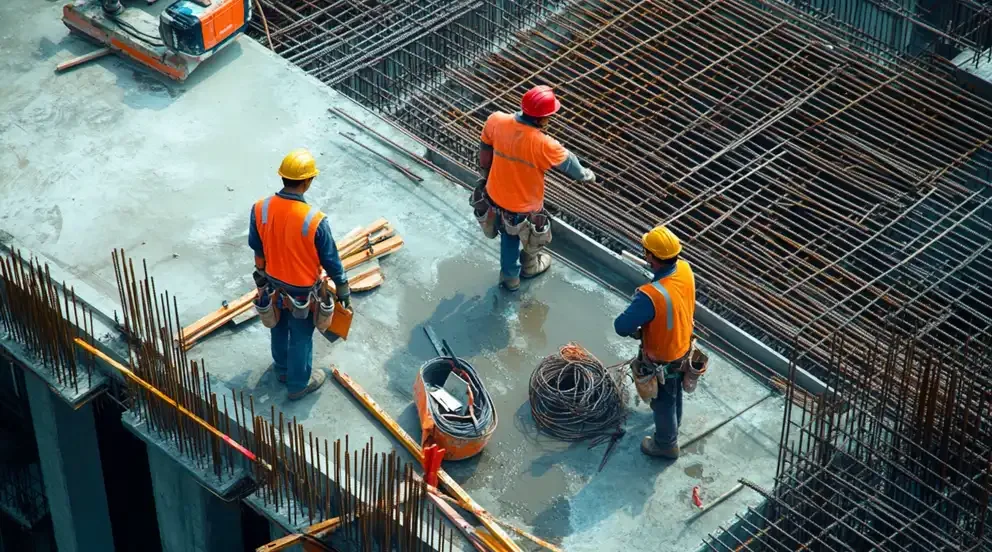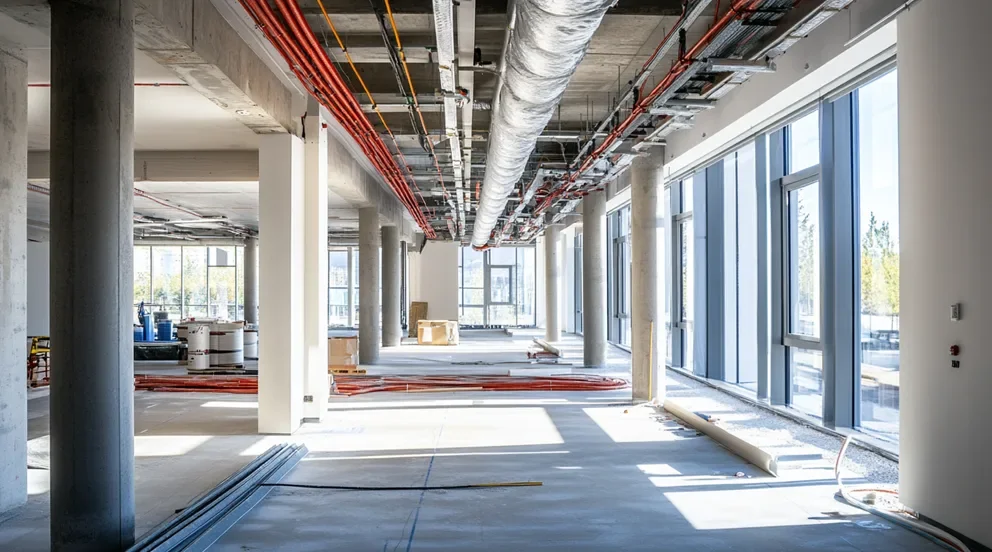What is a Fire Extinguisher System In Building?
A Fire Extinguisher System In Building is an important part of any fire safety strategy. It is a device used to put out fires, usually with the help of an extinguishing agent such as water or foam. In a building, fire extinguishers are typically located near exits and other high-traffic areas so that occupants can quickly respond to a fire.
Fire extinguishers in buildings come in many shapes and sizes, intended for different types of fires. Some are designed for fighting kitchen fires, while others are made to tackle fuel-based fires like those caused by combustible liquids or solids. Water-based fire extinguishers contain pressurized water to reduce the temperature of burning materials and cut off their oxygen supply. Foam-based models contain foam which smothers flames and prevents them from spreading further. Chemical extinguishers use dry powder or chemical agents that react with burning materials to create a barrier and smother the flame.
When selecting a fire extinguisher system in building, it’s important to consider the local environment and potential emergencies. Different fire classes require different types of equipment, so make sure you have the right model for your situation. Additionally, it’s essential that all staff members know how to properly use the equipment and practice regularly to ensure they are prepared if an emergency arises.
Different Types of Fire Extinguisher Systems in Building
Fire extinguisher systems are an integral part of any building’s safety and security features. There are a few different types of fire extinguisher systems available on the market today, each suited for its own particular application.
The first type is a wet chemical system, which uses water mixed with chemicals that lower the surface temperature of flammable materials. This type of system is often found in commercial kitchens as it quickly stops fires in deep-fat fryers and other cooking appliances.
The second type is a foam system, which introduces foam agents such as AFFF (Aqueous Film Forming Foams) into the area affected by the fire. The foam forms a blanket over the burning material, smothering it and removing oxygen needed to keep the fire burning.
The third type is a dry powder system, which releases a fine dust-like powder designed to reduce heat and interrupt combustion when put into contact with flames. This system is most commonly used in warehouses or industrial complexes where large fires can occur quickly.
Finally, there are two specialty fire extinguisher systems: carbon dioxide and halon systems. Carbon dioxide extinguishers use carbon dioxide gas to suffocate the fire while halon extinguishers release an inert gas that disrupts flame propagation by reducing available oxygen levels. Both types are commonly used in computer data centers or other areas where sensitive equipment needs to be protected from heat or smoke damage caused by fires.
Overall, these four types of fire extinguishers offer an important layer of protection against any kind of accidental blaze with their ability to quickly suppress flames without causing damage to people or property nearby.
Who is the key person to consult on Fire Extinguisher System In Building?
The key person to consult on Fire Extinguisher System in Building is a fire safety engineer. A fire safety engineer is a professional who specializes in the design, development, and implementation of systems that detect, prevent, and mitigate fires. They are experts in preventing and controlling fire hazards through various methods such as risk assessment, hazard evaluation, code compliance analysis, design reviews, and construction plan reviews.
Fire safety engineers possess a deep understanding of building codes and regulations regarding fire prevention and protection. They are also familiar with combustible materials used in buildings as well as the components of the fire extinguishing system itself. In addition to their knowledge of building codes, fire safety engineers have expertise in a wide array of topics including building design characteristics such as occupancy classification, construction type, egress planning, structural protection requirements for openings in walls/floors/ceilings/roofs; smoke control systems; detection systems; fire sprinkler designs; water-based suppression systems; special occupancies (e.g., health care facilities); hazardous material storage areas or processes; fixed fire protection systems (e.g., gas suppression); emergency lighting and exit signage; education and training programs for employees; inspection practices; research activities related to life safety engineering principles; computer modeling/simulation to develop alternative solutions for specific applications or situations.
Fire safety engineers understand how different types of fires spread differently by assessing the structure’s fuel load characteristics which can determine the rate at which heat is released into the surrounding area from burning combustibles. This helps them effectively evaluate what type of equipment should be installed so it can adequately protect occupants from potential harm. With their expertise they can identify any areas with potential risks that need addressing while at the same time ensuring compliance with local codes.
What are industry standards on maintaining Fire Extinguisher System In Building?
Industry standards for maintaining fire extinguisher systems in buildings require regular testing and inspections. According to the National Fire Protection Association (NFPA) 10 Code, fire extinguishers must be inspected monthly by a trained professional, and the number of fire extinguishers needed for each building is based on square footage.
In addition, NFPA 10 requires that all fire extinguishers be recharged or replaced immediately after use. This includes refilling empty cylinders with new agent, replacing spent cylinders with full ones, and recharging any partially discharged units. Regular maintenance and inspection should include checking for obstructions and physical damage, verifying correct pressure levels, confirming that the unit is properly mounted, and ensuring that the pull pin has not been tampered with.
To ensure that a building’s fire-extinguishing system is up to date and working properly at all times, NFPA recommends an annual maintenance service visit conducted by a certified technician. During this service visit, the technician will check for proper labeling and signage; inspect carrying handles; test gauge accuracy; perform hydrostatic tests; inspect valves, hoses, horns or nozzles; check for corrosion; verify shell integrity; confirm proper weight; replace parts as necessary; top off cartridges as required; and replace defective or expired components.
Overall, following industry standards on maintaining fire extinguisher systems is important for keeping buildings safe from potential fires. By regularly inspecting fire extinguishers for wear-and-tear as well as having them serviced annually by certified technicians, businesses can ensure their safety solutions remain effective against fires of various types and sizes.
What is the history of Fire Extinguisher System In Building?
The use of fire extinguishers in buildings dates back centuries. Early examples of primitive fire safety equipment were seen in the form of buckets full of sand, which were used by citizens of ancient Greece and Rome to attempt to put out fires. In the 1700s, the first version of the modern-day fire extinguisher was invented by a British physician named George Manby. His invention consisted of a copper vessel that contained three gallons of potassium carbonate solution. The device was then pressurized with air using a hand pump, allowing it to be discharged and used to put out small fires.
In 1818, another Briton, Captain George William Manby, improved upon his father’s design and patented a new type of fire extinguisher based on potassium carbonate dissolved in water. This version could be operated by one person and could quickly discharge its contents onto a fire from a distance. By the mid-1800s, portable fire extinguishers had become common in Britain and North America.
The chemical composition of early extinguishers was not ideal for fighting fires as they usually did little more than cool down flames without actually suppressing them. As technology advanced over time, so did fire safety equipment; by the beginning of the 20th century, carbon dioxide gas had been introduced for use in extinguishers as it was found to be much more effective at putting out fires than previous agents like potassium carbonate solution or foam.
Today’s modern fire extinguishers come in several different types based on their chemical composition: dry powder (ABC), wet chemical (K-classified) and foam (AFFF). They are an essential part of any building’s safety system as they provide an easy way to quickly suppress small fires before they can become large enough to cause serious damage or injury.
Are there more reliable solutions than Fire Extinguisher System In Building?
There are indeed a number of solutions to fire safety in buildings that are more reliable than traditional fire extinguisher systems. One such solution is the installation of automated sprinkler systems. These advanced systems detect heat and smoke and automatically activate water release when a fire is detected. This can be implemented in areas of high-risk such as stairwells, elevators, or server rooms. Sprinkler systems have been shown to significantly reduce the spread and severity of fires and are more effective at controlling fires than manual techniques like fire extinguishers.
Another reliable solution to ensure fire safety in buildings is the installation of fire alarms with interconnected smoke detectors. When smoke is detected by one detector, it will alert all other connected detectors simultaneously so that all occupants can be notified quickly if a fire occurs. In addition, these alarms can be linked to emergency services so they can be dispatched immediately in the event of an emergency.
Finally, building owners should also consider installing suppression systems that automatically cut off oxygen supply to a room when a fire is detected. This reduces fuel for the fire and makes it harder for it to spread while allowing occupants time to evacuate safely.



